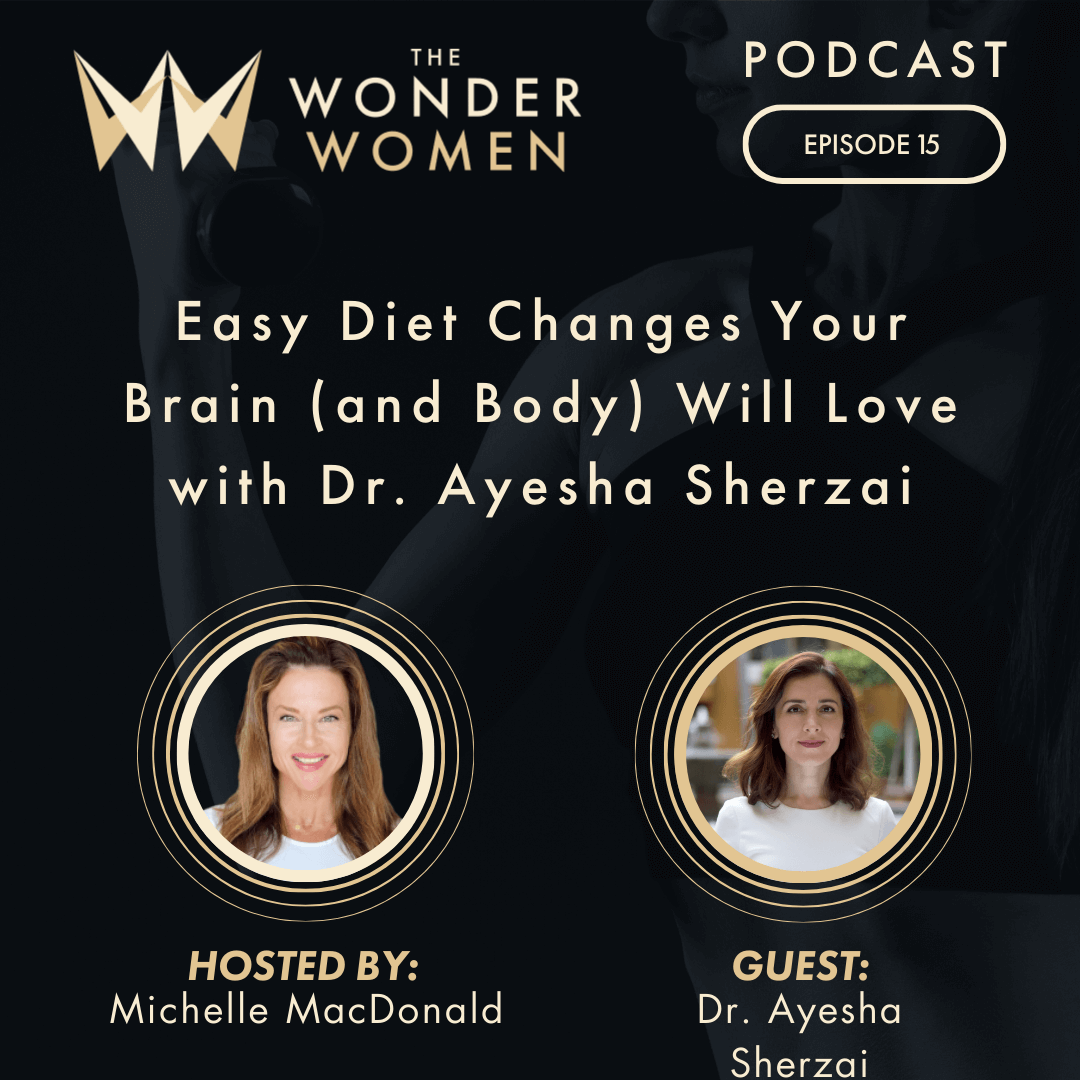Many athletes who get into the sport of bodybuilding are looking to increase muscle mass (aka muscle hypertrophy = growth and increase of muscle cells). The primary way many bodybuilders do that in the gym is through progressive overload. Progressive overload is doing more work overtime in the gym whether it be adding weight on lifts, adding reps, adding sets, improving technique, improving range of motion, etc. However, the root of progressive overload and muscle hypertrophy rely on 3 key mechanisms which include: mechanical tension, muscle damage, and metabolic stress. Let’s explore these below:

Mechanical Tension: Mechanical tension equals muscular force. It’s created by generating the largest muscular force one can by lifting heavy weights and performing exercises through a whole range of motion for a period of time (think tempo). The more time an athlete spends under load the higher the muscular tension becomes. Do note that there is a sweet spot with muscular tension. If the weight becomes too heavy, especially in a one rep max, some mechanical tension may actually shift onto other passive structures or other muscles to help lift the load, therefore decreasing tension on the desired muscle.
Parameters for Mechanical Tension:
+3-8 Sets
+Reps 3-8 (advanced) 5-12 (beginner)
+Rest, 2-3 minutes
Muscle Damage: If you have ever been sore a day or two after training you most likely incurred some muscle damage. It correlates with slow negatives on lifts (eccentric portion) and from slow concentrics (lifting the weight until the muscle is flexed). Variety in an exercise can also cause muscle damage. The soreness happens because during the exercise small micro tears form within the muscle. When the muscle is damaged it activates and triggers the pathway responsible for muscle protein synthesis and the rebuilding of the muscle can occur. There is such a thing as too much muscular damage. One example would include working a muscle group multiple times a week. If recovery is not attained an athlete will most likely have impaired performance in the lifting session. You want to have muscular damage but not too much in the sense you can’t recover well.
Parameters for Muscle Damage:
+2-5 Sets
+Reps 8-12
+Rest 1-2 minutes
Metabolic Stress: Have you ever trained and it looked like your muscles were pumped up? Did your muscles burn while training? You most likely experienced metabolic stress. Metabolic stress typically happens when you are training at higher reps followed by short rest periods. So why does this burn? As your muscles continually contract blood gets pumped into the muscles via the arteries, but those contractions also prevent blood escaping via the veins so blood starts pooling and getting trapped within the muscles. This results in cells swelling and metabolic stress = the muscle pump. Once this happens blood flow gets restricted to the muscle (occlusion) and without the oxygen to fuel the muscle a build up of metabolites (lactate, hydrogen ions) occurs and the result is a muscular burn. The stress placed on the muscles has an anabolic effect and leads to increased hormonal response from the body.
Parameters for Metabolic Stress:
+3-4 Sets
+Reps 12-20+
+Rest less than 60 seconds
Remember, muscle hypertrophy occurs with a number of variables: mechanical tension. muscular damage, and metabolic stress. Together they have an anabolic effect on the body.

